
Storage, Shade & Shelter – The stunning marvel of the seemingly mundane.
A journey through India’s villages reveals the immense diversity of her people. Even when we focus on a seemingly mundane aspects of village architecture such as vernacular grain storage, handcrafted shelter in the fields, or storage for crops and fodder, the creativity and resourcefulness of humankind is unveiled.
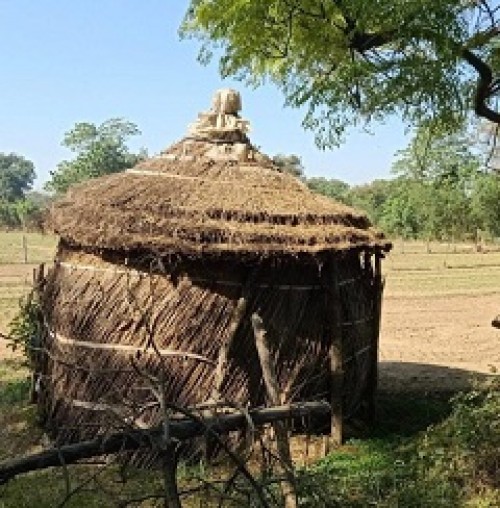
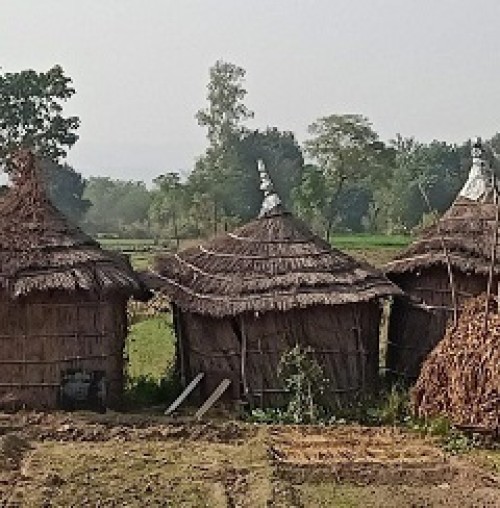
Natural Construction – Storage for Fodder – Punjab
Farmers in Punjab that still rely on animal manures for the fertility of their fields rand fresh dairy for their diet require extensive storage to hold the fodder for their animals. In this region wheat straw and corn husks are abundant. Straw is utilised to construct round huts for storing the crop residues used for feeding their livestock. Lined up in a row with pointed caps these charming structures are made of the very same materials they are used to store.
Vernacular Grain Storage & Handcrafted Shelter – Rajasthan
These huts can be seen dotting the landscape of rain fed fields on the outskirts of the city of Sardarshahr in Rajasthan. It takes two people just two days to construct these round huts and another couple of days to plaster them. The open weave of the branches allows for excellent ventilation, allowing cool breezes to form as hot winds pass through narrow openings between the branches.
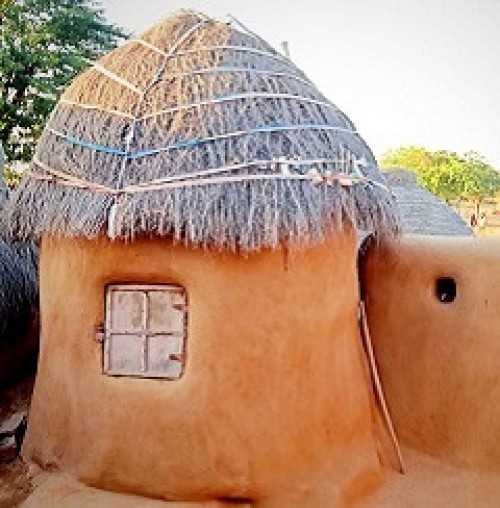
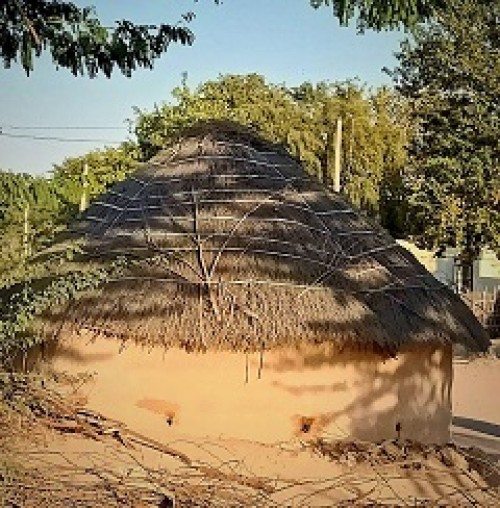
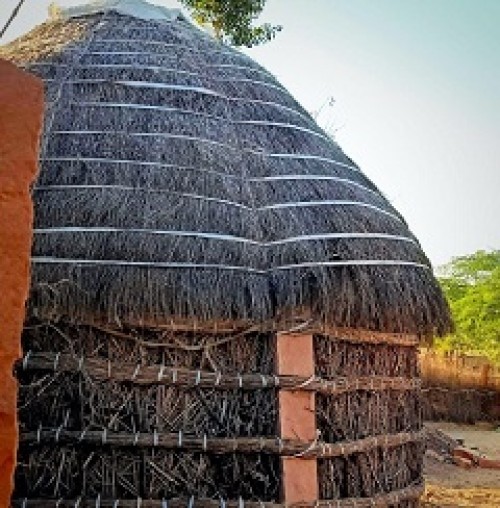
The naked un-plastered form is most common amongst the fields. Used for day shelter when visiting fields, the provide for protection from the hot mid day sun and a cool place to sleep when one’s fields are too far from home to make day trips. For others they make a seasonal home. Some elders find the few months of the rain fed farming season spent in these Jonpuri’s something they look forward to and a reminder of life in simpler times.
They can also be seen in more built up areas where they are as extra rooms or in a smaller compact form to house grains and fodder. A layer of mud on the outside seals the structure providing protection from pests thereby allowing for the storage of grains. Mud by nature is breathable – meaning it absorbs excessive humidity from the air and as humidity drops it releases it. Naturally moderating air quality. The mud plasters also act as thermal mass storing the excessive heat of the day and releasing it during the cooler nights once temperatures drop in the cool desert evenings.
Migratory Shelter from Bihar – Punjab
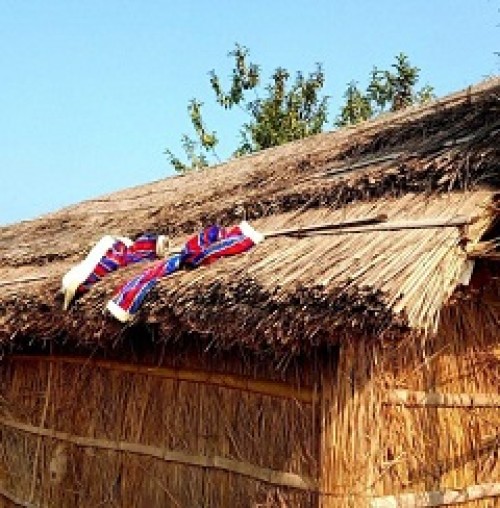
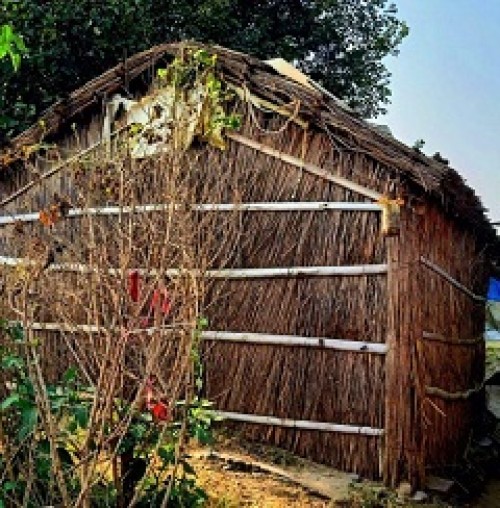
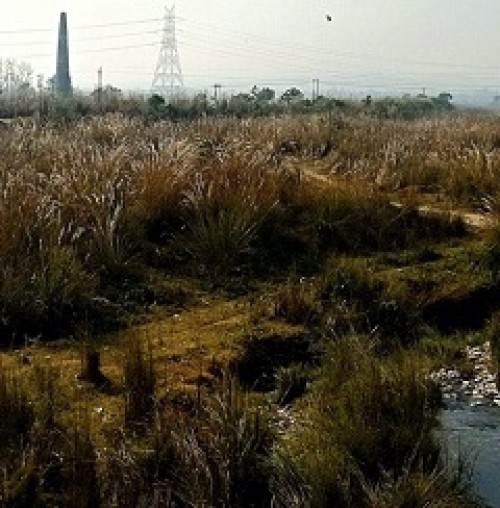
On the banks of the river in a rural location in Punjab, there is a handcrafted settlement created by the hands of Bihari migrant labourers. These straw huts offer excellent insulation from the oppressive heat of the plains. Straw is one of the most insulating materials available. The large airspaces in the centre of each piece of straw prevent the conduction of heat. Thus keeping the internal temperature of these humble homes cool and inviting.
Skilled craftsmen have turned the locally abundant wild grasses into beautiful, thermally comfortable homes. Taking two men just over a week to construct one home, these are temporary structures that allow migrant labourers along with their families to create their own comfortable space far from home. Their intelligence in recognising suitable source materials and wisdom in how to use them enables them to create these dwellings free of cost.
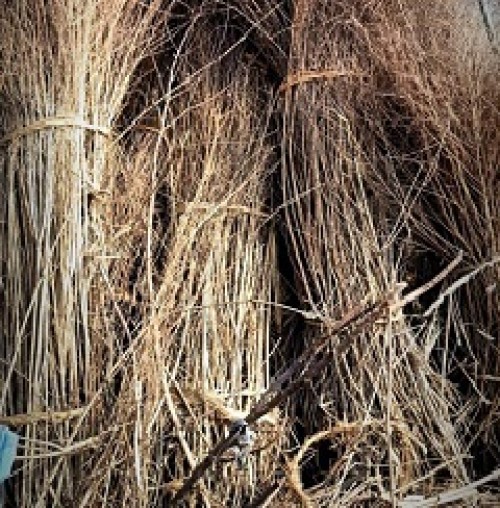
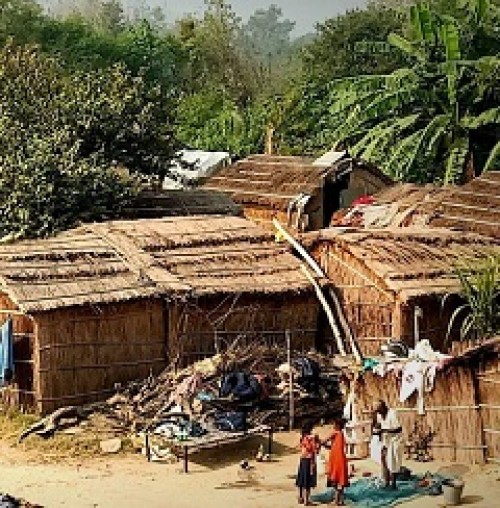
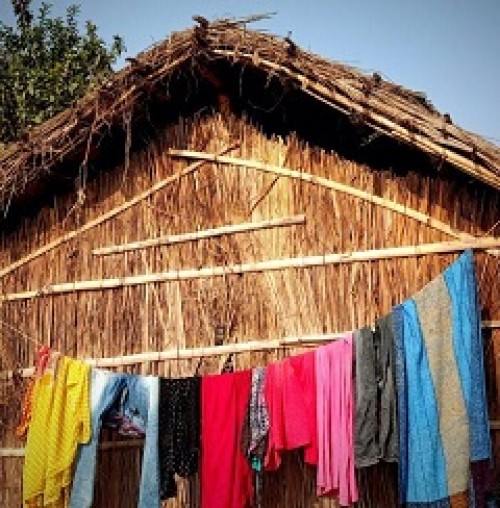
Rajasthan is a source state for much of India’s stone supply. So abundant it is in this state that one sees it in use more commonly than timber, which in this desert state is scarce. The animal shelters are made from slabs of Jodhpur stone inserted vertically directly in the ground and joined with lime mortar. The roof made of thatch gives these stone huts charm and helps to keep the animal residents protected from the heat of the scorching sun. the handcrafted door from small branches yet another sign of the ingenuity and eye for beauty of the Artisan who created this structure.
Vernacular Grain Storage Madhya Pradesh
Ever since humankind settled in one location and made agriculture their way of life grain storage has been a vital task. Across the world a multitude of ingenious solutions were adopted. In northern Madhya Pradesh the Sahariya people still prefer traditional storage methods.
Handcrafted grain storage is created by sculpting clay, straw and sand into large boxes which are then ornamented with various geometric designs and finished in a local white clay.
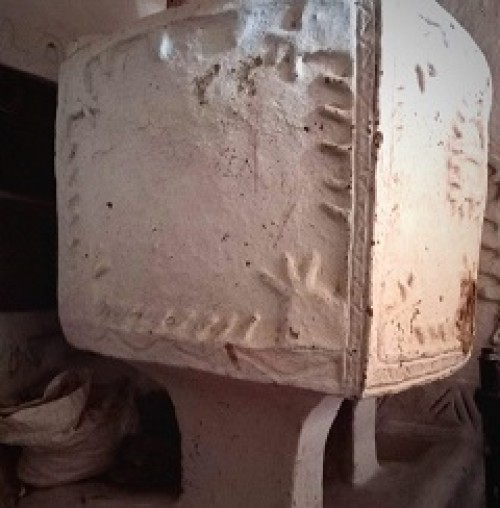
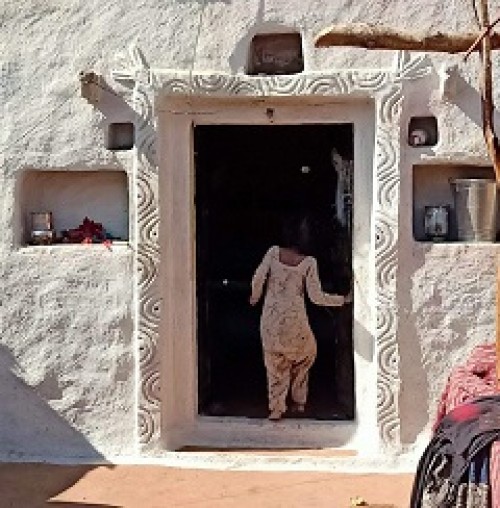
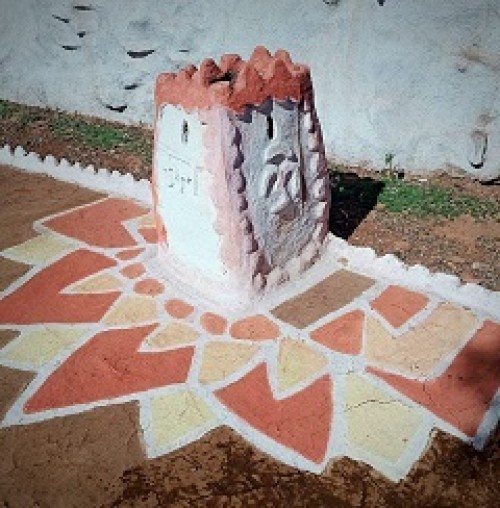
Sculptural mud relief work is a tradition practiced by the women of this community to ornament their homes both internally and externally. More on that in an upcoming post.
Vernacular Grain Storage – Himachal Pradesh
In the heavily forested areas of Kinnaur timber is a favoured material for grain storage. The Above image shows a grain storage room that is over 100yrs old. Built from the durable, decay and pest resistant timber Deodar, these structures outlive those who build them.
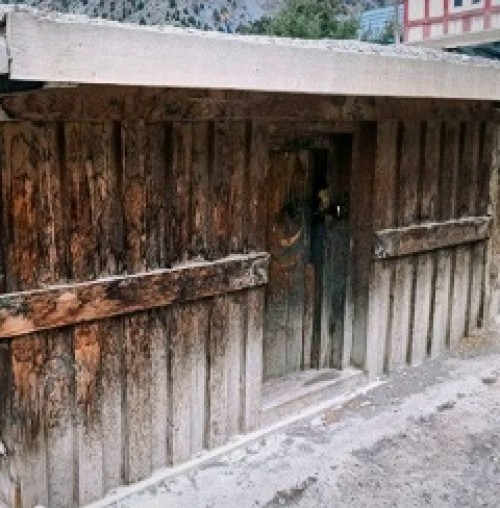
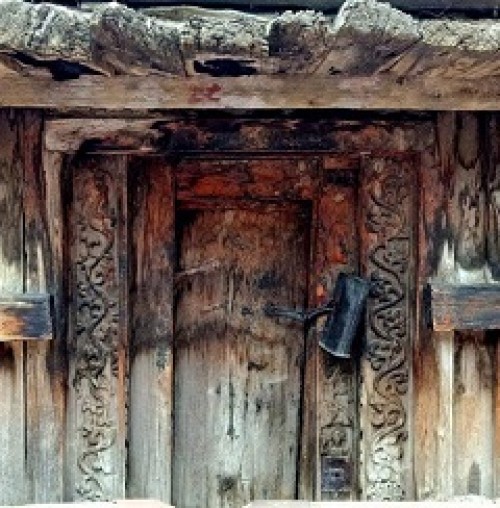
Not surprisingly the region is home to a strong tradition of wood carving. This image shows the grain storage for the local temple of the village. Lovingly carved with a handcrafted iron padlock perhaps as old as the grain storage. All signs of the highly talented craftspeople of this mountain region.